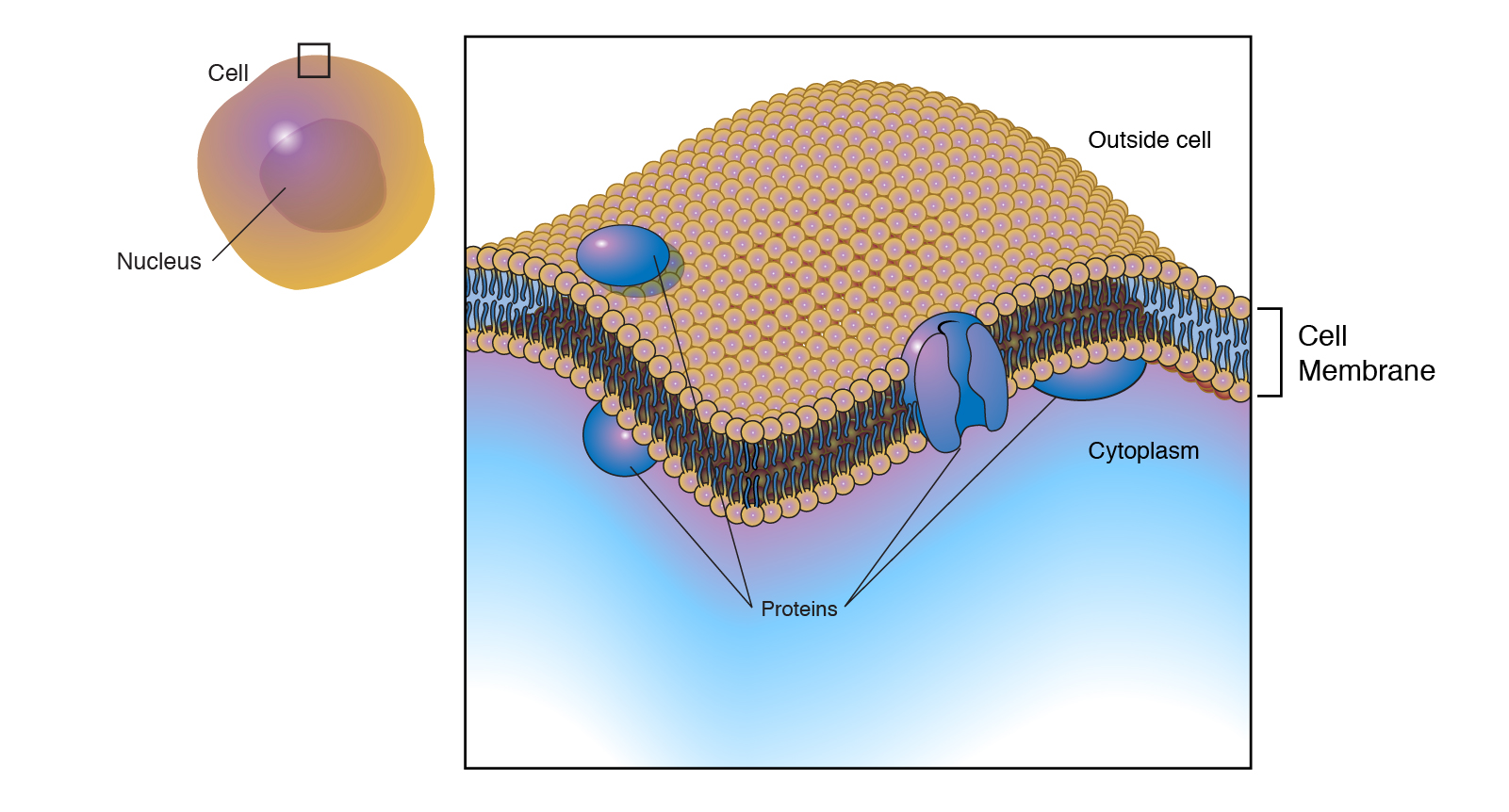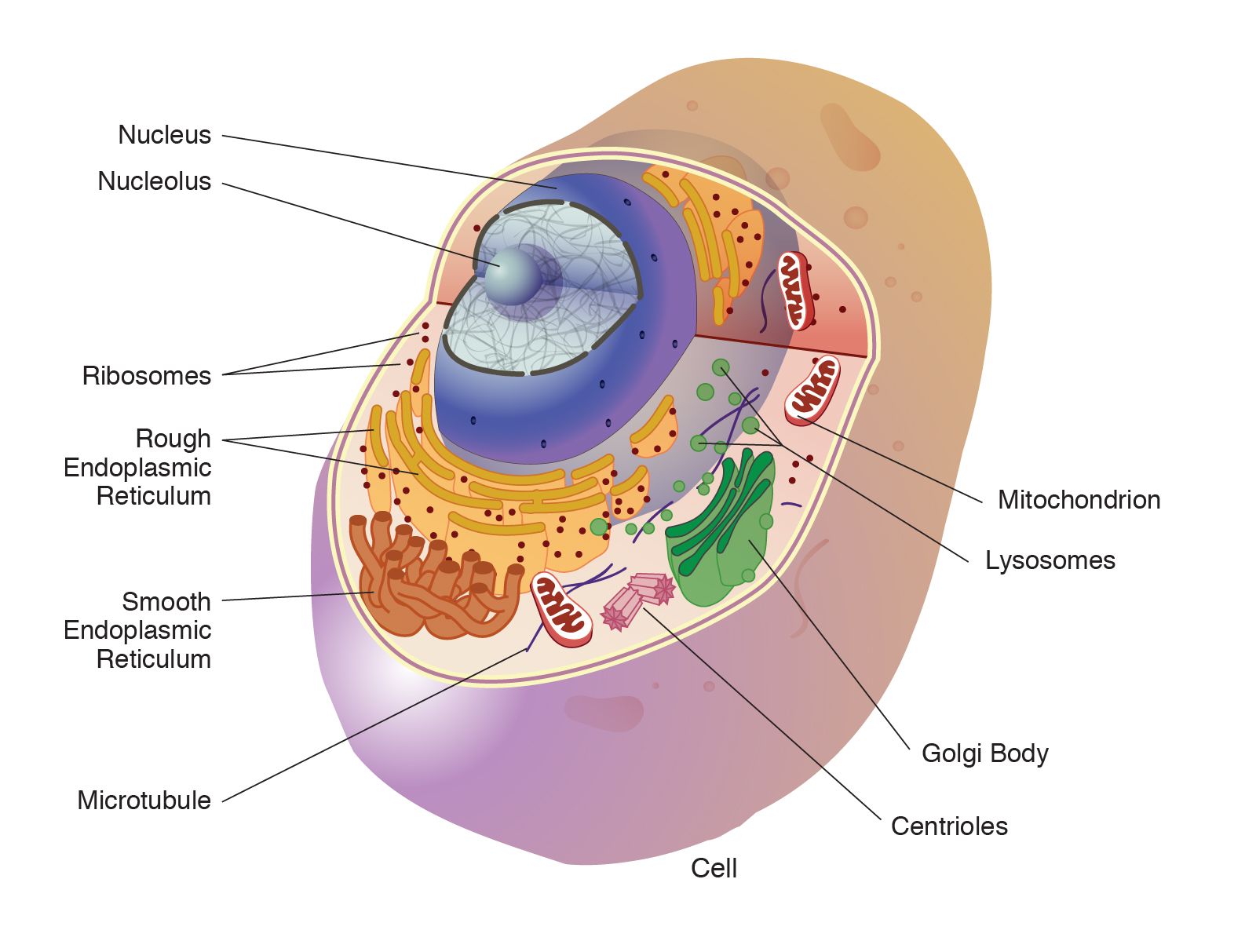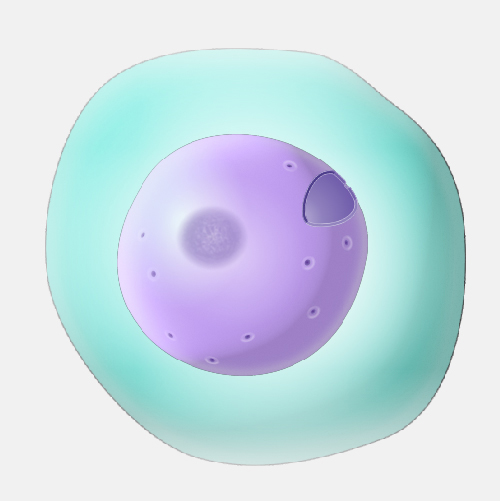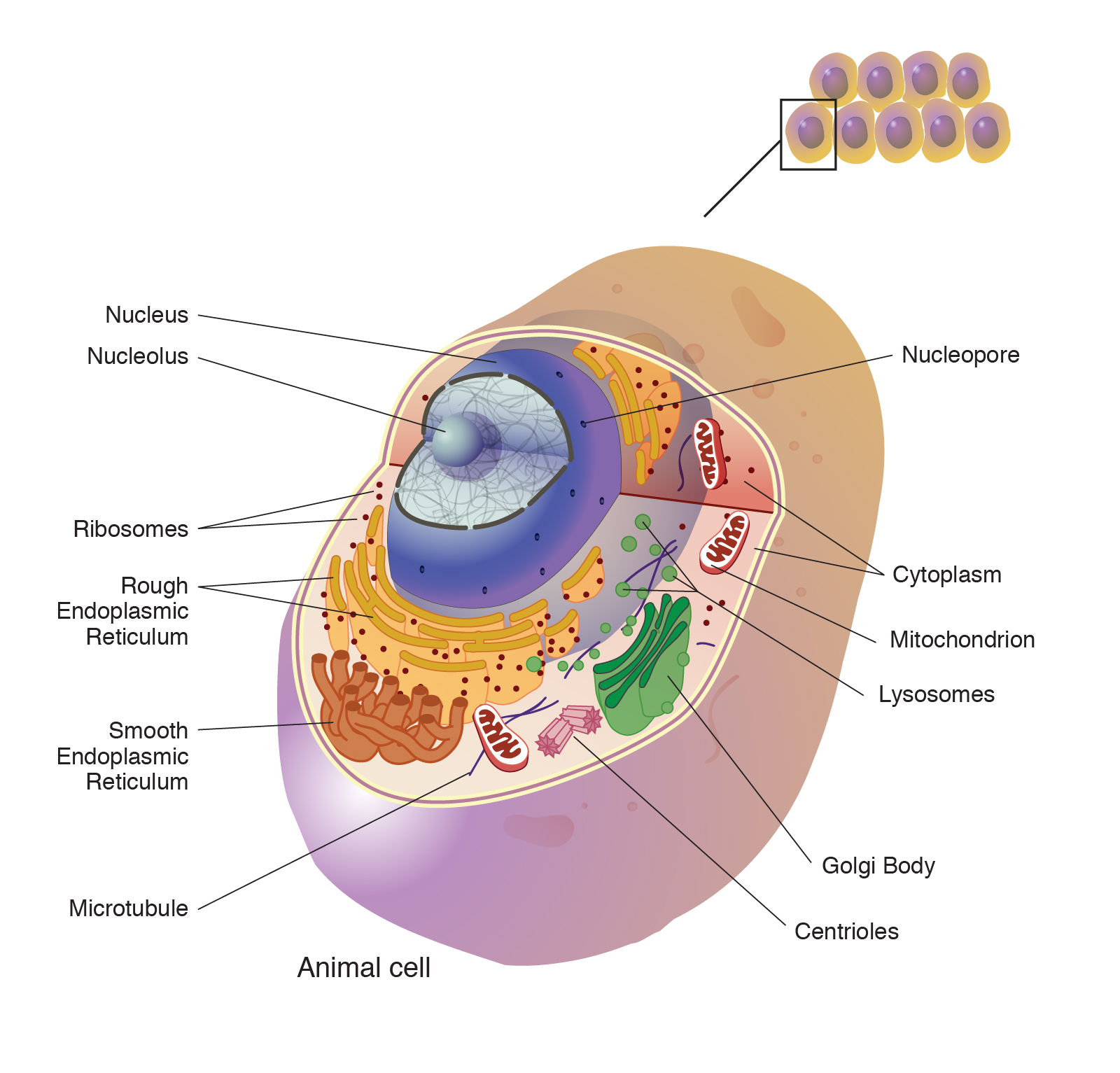Plasma Membrane (Cell Membrane)
Definition
The plasma membrane, also called the cell membrane, is the membrane found in all cells that separates the interior of the cell from the outside environment. In bacterial and plant cells, a cell wall is attached to the plasma membrane on its outside surface. The plasma membrane consists of a lipid bilayer that is semipermeable. The plasma membrane regulates the transport of materials entering and exiting the cell.

Narration
The plasma membrane, or the cell membrane, provides protection for a cell. It also provides a fixed environment inside the cell. And that membrane has several different functions. One is to transport nutrients into the cell and also to transport toxic substances out of the cell. Another is that the membrane of the cell, which would be the plasma membrane, will have proteins on it which interact with other cells. Those proteins can be glycoprotein, meaning there's a sugar and a protein moiety, or they could be lipid proteins, meaning there's a fat and a protein. And those proteins which stick outside of the plasma membrane will allow for one cell to interact with another cell. The cell membrane also provides some structural support for a cell. And there are different types of plasma membranes in different types of cells, and the plasma membrane has in it in general a lot of cholesterol as its lipid component. That's different from certain other membranes within the cell. Now, there are different plants and different microbes, such as bacteria and algae, which have different protective mechanisms. In fact, they have a cell wall outside of them, and that cell wall is much tougher and is structurally more sound than a plasma membrane is.




